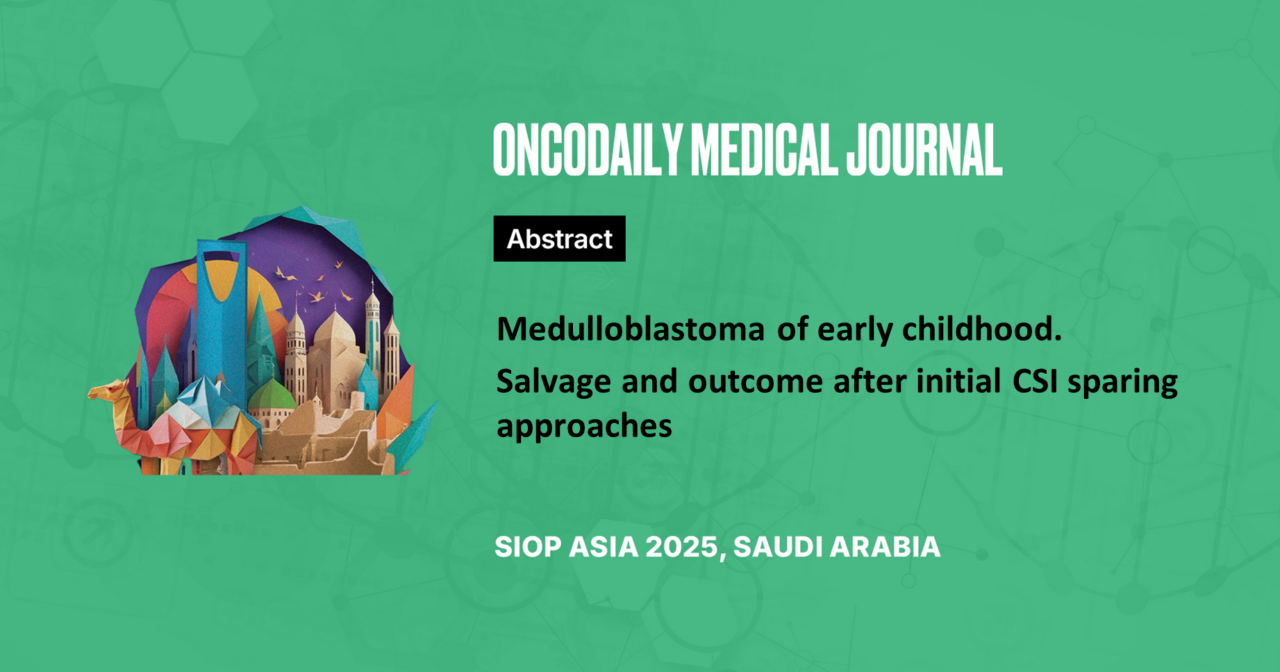Abstract
Introduction: Infant medulloblastoma (iMB) is usually treated without craniospinal irradiation (CSI) to avoid neurocognitive late effects. Unfortunately, many of them relapse. In a previous cohort of 380 relapse iMB, initially treated without CSI, we reported a 3-year post relapse survival (PRS) of 52.4%. We described differences in PRS and salvage therapies according to molecular subgrouping.
Methodology: In this extended retrospective cohort, we explored salvage management of SHH/Nodular Desmoplastic (ND) iMB after initial CSI avoidance and for group 4 iMB, we investigated outcome after high dose chemotherapy (HDC) and described salvage management.
Results: For 147 SHH/ND iMB, median time to relapse was 14.7 months (range: 1-139.7). Relapse was local in 40.8%. Of 129 who received curative salvage therapy, half underwent surgery and 74.4% received radiotherapy (CSI 81.3%; median dose: 36 Gy). Patients with localized relapse were more likely to receive CSI dose ≤24Gy or focal RT (p<0.001; p<0.008). The 3-year PRS was 61.6% For the 36 group 4 iMB, 19(52.8%) relapsed (median time: 21 months) and 5-years PFS was 42.2%.
Relapse was local in 42.1%. Patients treated with 3 cycles of HDC had a better PFS compared to 1 or 2 cycles (p=0.001). 17/19 patients received salvage RT (median CSI dose of 36Gy). However, 7 received CSI dose < 24Gy and 2 underwent focal RT. Three years PRS was 70.2%. No prognostic factor was associated with PRS. The 5 yrs OS for the entire cohort was 71.6%.
Conclusion: Survival of relapsed SHH iMB is not satisfactory and relies on neurotoxic CSI. Maximizing upfront cure to avoid relapse is crucial. CSI dose ≤ 24 G can be considered for localized relapse. For Group4 iMB, HDC alone was associated with a high relapse rate but 70.5% were salvaged with RT. Such a strategy may be discussed for the youngest of group 4 iMB.





